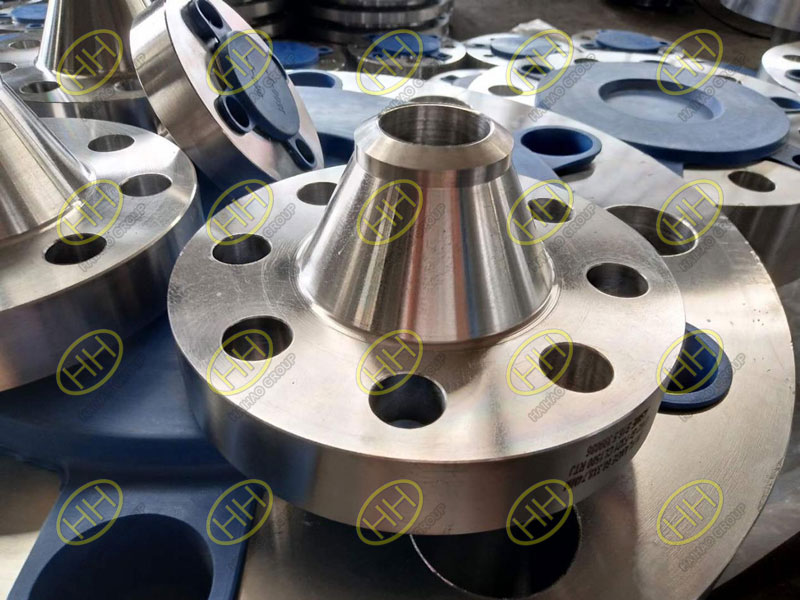How to identify the authenticity of stainless steel flange?
Nitric acid spot test: A notable feature of stainless steel flanges is inherent corrosion resistance to concentrated nitric acid and dilute nitric acid. This property makes it easy to distinguish from most other metals or alloys.
1. Copper sulfate spot test
Copper sulfate point test is the simplest method to quickly distinguish common carbon steel from all types of stainless steel. The concentration of the used copper sulfate solution is 5-10%.
2. Magnetic test
Magnetic test is the simplest method to distinguish annealed austenitic stainless steel from ferritic stainless steel. Austenitic stainless steel is non-magnetic steel, but it will have slight magnetism after cold working under large reduction; pure chromium steel and low alloy steel are strong magnetic steels.
3. Sulfuric acid test
Stainless steel flange test can distinguish 302 and 304 from 316 and 317. The trimming of the sample should be finely ground, and then cleaned and passivated in nitric acid (specific gravity 1.42) with a volume concentration of 20~30% and a temperature of 60~66℃ for half an hour.


